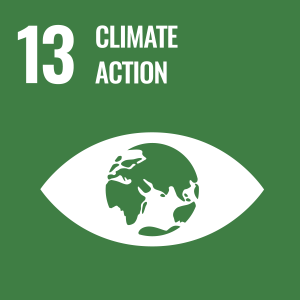The Particle Model of Matter

Students will learn how the particle model is used to predict the behaviour of solids, liquids and gases, the effect of changes in temperature and pressure on gases, how to measure density, the internal energy stores of particles, how changing state requires energy, and how to manipulate formulas. Assessment will be on-going, including retrieval practice homework via Seneca , in topic quizzes and End of topic tests followed by feedback.
Atomic Structure
Students will learn the historical development of the current model of the atom, how ionising radiation is hazardous but useful, the formation of isotopes and writing nuclear equations, calculating the half-life of a radioactive particle and the uses of radioactive materials in medicine, industry, agriculture and electrical power generation. Assessment will be on-going, including retrieval practice homework via Seneca , in topic quizzes and End of topic tests followed by feedback.
Forces
Students will learn what are contact and non-contact forces, how to calculate forces to design machines and instruments, the relationship between mass, weight and gravity, the relationship between forces and elasticity, he relationships between speed, time, distance, velocity and acceleration, interpreting speed/time and velocity/time graphs, Newton’s Laws of Motion, and investigating motion and momentum. Assessment will be on-going, including retrieval practice homework via Seneca , in topic quizzes and End of topic tests followed by feedback.



